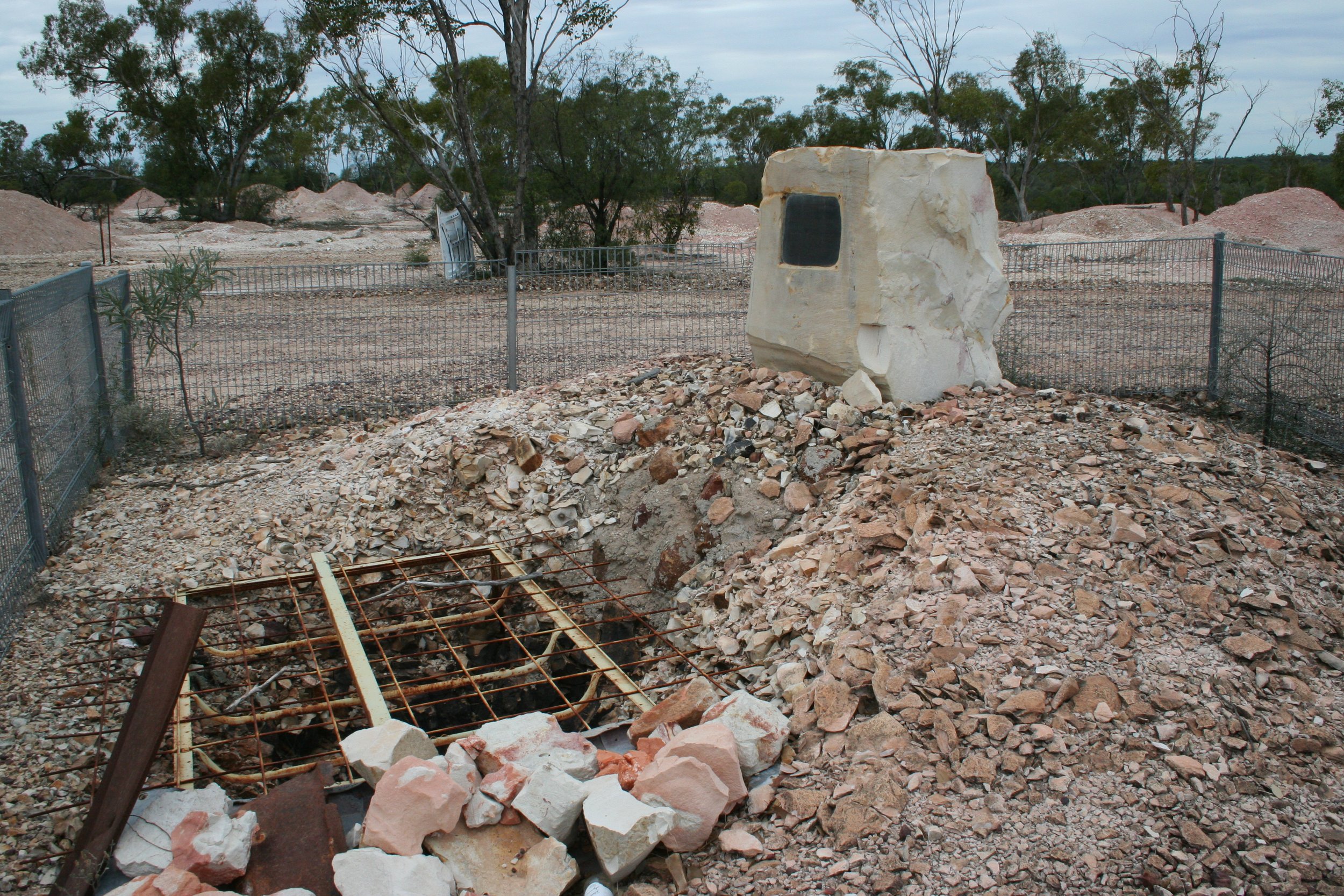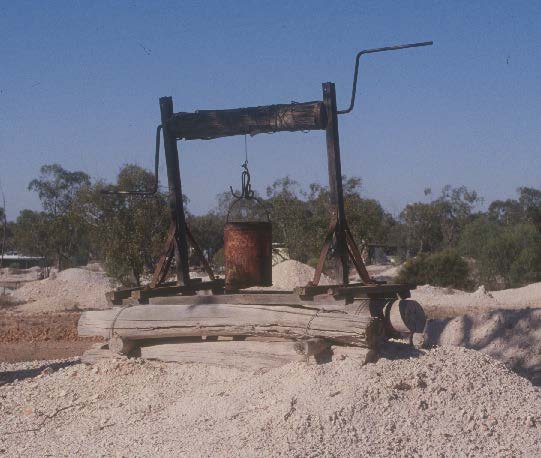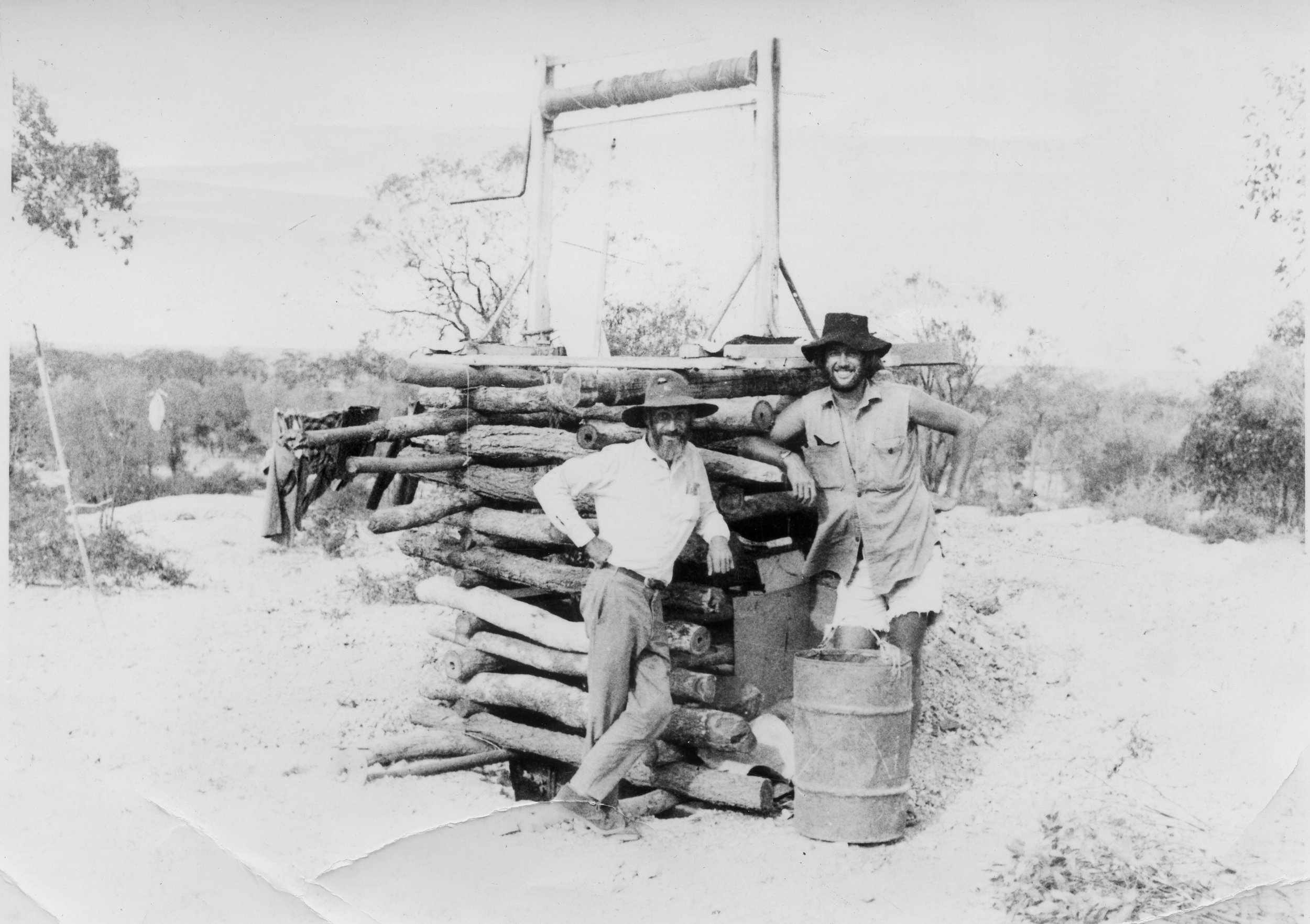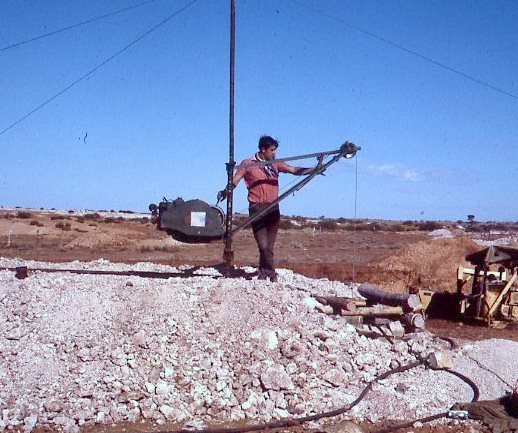Opal Mining - The Australian way - the early days
Mining opal has always been a challenging occupation, and perhaps the most sensible suggestion by an old time miner has said:
“if you go opal mining like any other job if you work 8 hours a day five days a week then you will make your normal wages, or a reasonable living……….it might just happen you will make a bonanza”
Whilst most of the rock that opal is mined in is fairly soft by mining standards and opal occurrence is fairly sporadic it has remained the realm of the small miner. Each mining district in Australia has its own set of “rules” and requirements which are entombed in the mining legislation of each of the three states where opal is mined commercially.
Historical methods
Early days of opal mining prior to the opal mining “industrial revolution” were limited to digging opal mines by hand with pick and shovel. Prospecting was done by divining (although some miners still use “the wires” today!). Lighting was provided by candlelight and the opal dirt was brought to the surface by hand windlass (see photos below) in “buckets” often just modified from any available drum size, most likely varying from the common four gallon (20litre) to the 10 gallon (~50 litre) size . Mine safety legislation was almost non-existent as was any idea of modern environmental conservation issues and mine rehabilitation. Opal mining safety was a matter of an opal miners common sense and perhaps life preservation.
The “first shaft” monument at the 6-mile, Lightning Ridge. an example of a hand driven opal mining shaft. You can visit this site on a tourist drive if you visit Lightning Ridge.
A miner digging a shaft by hand and labelled “Dave Smith, German Gully one of the lucky diggers” Coober Pedy South Australia, the old way of starting to dig a shaft for opal mining. Photo from the Sherman Archives.
A hand operated windlass at Lightning Ridge
Miners at Coober Pedy with a hand operated windlass, note the windlass frame has been built up for loading on to a vehicle for transportation. Photo from the Sherman Archives.
The small miners opal mining methods
Opal mining through historical times has always been considered the realm of the “small miner” with opal mining leases and tenements being limited in size. For example even now a claim is usually limited Lightning Ridge , two (2) 50m x 50m square blocks. The shafts being dug by hand, were in many instances squarish or rectangular in shape. Today more sophisticated methods are used and mining shafts are drilled by large “Drilling Rigs” (See below, more modern mining) and now for opal mining it is more typically “Three foot holes” drilled for the extraction of opal dirt. The historical days it was by simpler methods than applied for many other larger mining operations.
Miners would extract the opal dirt by using “pick and shovel”, or perhaps a pneumatic hammers, and bring the “ore’ to the surface with a “self unloading hoist” (self unloader) before further processing.
An opal miner “gouging” for opal underground in the early days of opal mining. Note the carbide lamp being used by the miner with glasses!
An opal miner gouging for opal at the opal level underground in the early mining days. Notice the single candle just below the top of the gouging pick being used by the miner.
As innovation proceeded
Opal miners after all are a very innovative bunch of small miners so with the advent of different machinery becoming available, many of these pieces of machinery ere gradually applied to the mining process in the outback opal fields.
A motor winch driven York hoist being used in Coober Pedy. This variety of hoist simplified the raising of the “bucket” and then allowed the miner to “Swing the bucket clear of the mining shaft.
Perhaps the next level of mining innovation is the self-unloading hoist seen here in the Coocoran Opal Fields Lightning Ridge precious stones field. The self-unlading hoist allowed the miner underground to unload a bucket of opal dirt without the need of an operator above ground.
Processing the opal dirt
In this photo an older builders cement mixer has been modified to wash the opal dirt, in the Coocoran opal fields.
So one may begin to wonder how you process the opal dirt once you have managed to bring it to the surface. It does need to be considered that there was little water available both in most Australian opal fields, especially in Coober Pedy (SA) and white Cliffs (NSW). perhaps Lightning Ridge was a little more fortunate in having water available from the Great Artesian (or great Australian) Basin (often referred to as the GAB!)
So separating the “opal” from the '“opal dirt’ was done by the process called “puddling”. In the Coober, this was “dry puddling” and often in Lightning ridge by “wet puddling”. Suppose the process was similar, one without water and one with water.
Some mining notes.
Today there are many innovative pieces of equipment used and designed specifically for extracting opal from the available precious stones fields. Government regulations for miners in the proclaimed mining areas are provided for occupational health and safety, environmental considerations, native title and new regulation as are impacting miners in all fields. There are differences between each of the states of Australia where opal is commercially mined. So there are differences in the legislation between Queensland, New South Wales and South Australia. In a broad discussion different fields can also require different equipment, for example opal mining at Lightning Ridge uses substantial amounts of water to wash the opal dirt, whereas in South Australia there is not sufficient water available and much processing is done dry. In Queensland boulder opal fields the opal is in levels of boulders and so large equipment such as bull dozers and excavators can predominate. We will have these discussion in another “more modern mining post” so to come on the opal academy










